Subfamily Dicrurinae Phylum Chordata Rank Family | Suborder Passeri Scientific name Dicruridae Higher classification Songbirds Order Passerine | |
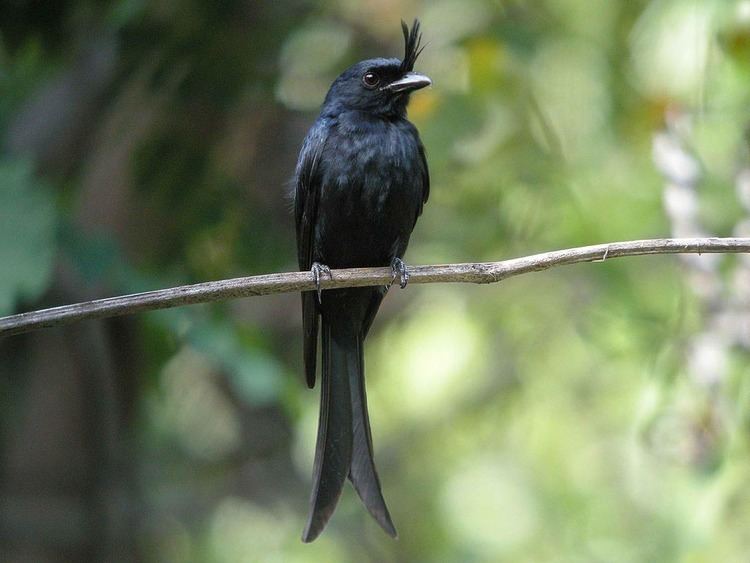 | ||
Genus DicrurusVieillot, 1816 Lower classifications | ||
Drongo bird tricks meerkats africa bbc
The drongos, subfamily Dicrurinae, are a subfamily of small passerine birds of the Old World tropics in the family Dicruridae. Originally the family included the single genus Dicrurus (subfamily Dicrurinae), but now it has been expanded to include the subfamilies Rhipidurinae (Australasian fantails), Monarchinae (monarchs and paradise flycatchers) and Grallininae (magpie-larks). The subfamily Dicrurinae contains two genera, the monotypic Chaetorhynchus, and Dicrurus, which contains about 25 species. The placement of the pygmy drongo (Chaetorhynchus papuensis) in the subfamily is in dispute on morphological and genetic grounds.
Contents
- Drongo bird tricks meerkats africa bbc
- Bird song fork tail drongo south africa
- Taxonomy
- Characteristics
- Insult
- Species of Dicruridae in taxonomic order
- References
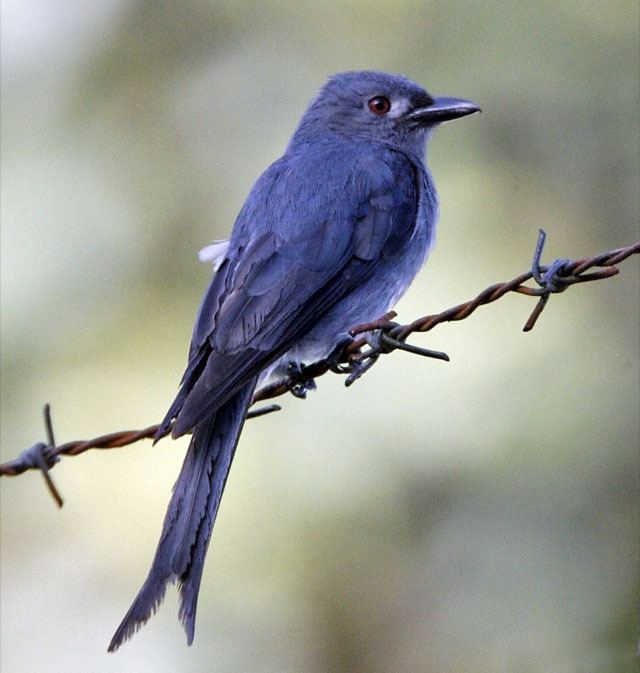
Drongos are mostly black or dark grey, short-legged birds, with an upright stance when perched. They have forked tails and some have elaborate tail decorations. They feed on insects which they catch in flight or on the ground. Some species are accomplished mimics and have a variety of alarm calls, to which other birds and animals often respond. It has been suggested they may utter hoax alarm calls in order to benefit from the false alarms, a matter of interest to researchers.
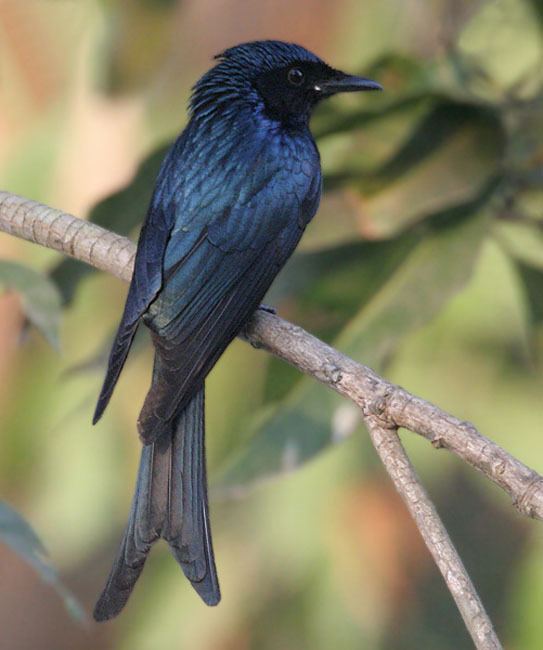
Bird song fork tail drongo south africa
Taxonomy
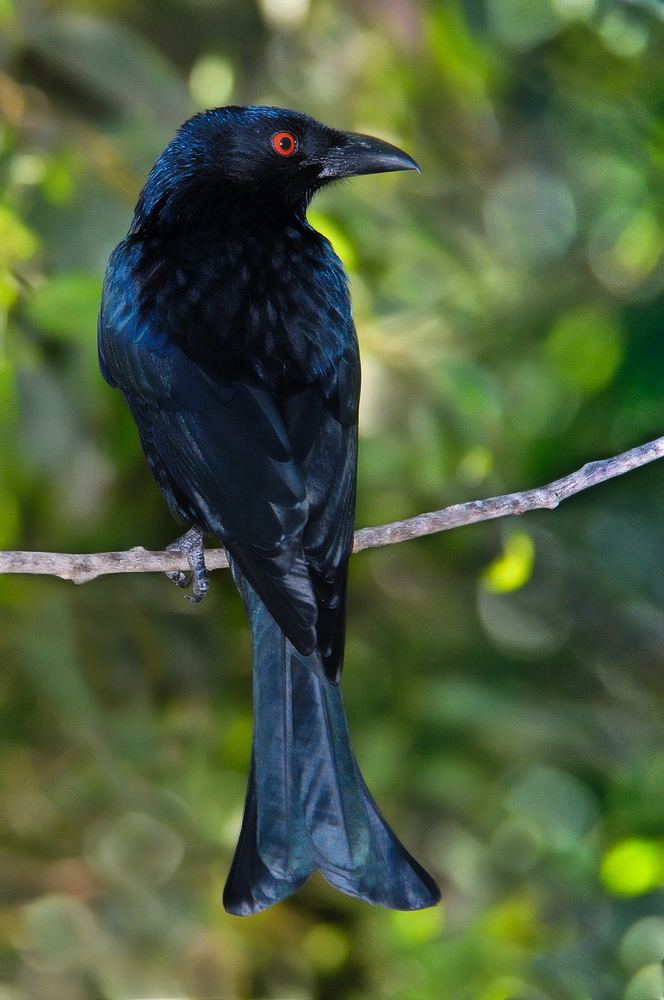
This family originally included only the genus Dicrurus (subfamily Dicrurinae) but Christidis and Boles (2007) expand the family to include the subfamilies Rhipidurinae (Australasian fantails), Monarchinae (monarchs and paradise flycatchers) and Grallininae (magpie-larks). The name is originally from the indigenous language of Madagascar, where it refers to local species, but is now used to refer to all members of the subfamily. The family is usually treated as having two genera, Chaetorhynchus and Dicrurus. The genus Chaetorhynchus contains a single species, the New Guinea endemic pygmy drongo. The placement of this species in the family is highly dubious due to both morphological and genetic differences, and it has recently been placed, along with the closely related silktail of Fiji, with the fantails (Rhipiduridae). The remaining genus contains the remaining 25 species of drongo.

The family Dicruridae is believed to be most likely of Indo Malayan origin, with a colonization of Africa about 15 million years ago. Dispersal across the Wallace Line into Australasia is estimated to have been more recent, around 6 mya.
Characteristics
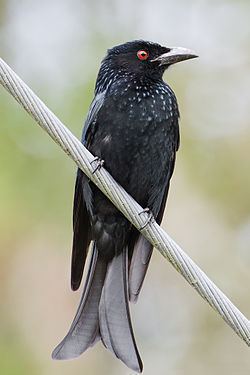
These insectivorous birds are usually found in open forests or bush. Most are black or dark grey in colour, sometimes with metallic tints. They have long forked tails; some Asian species have elaborate tail decorations. They have short legs and sit very upright whilst perched, like a shrike. They flycatch or take prey from the ground. Some drongos, especially the greater racket-tailed drongo, are noted for their ability to mimic other birds and even mammals.
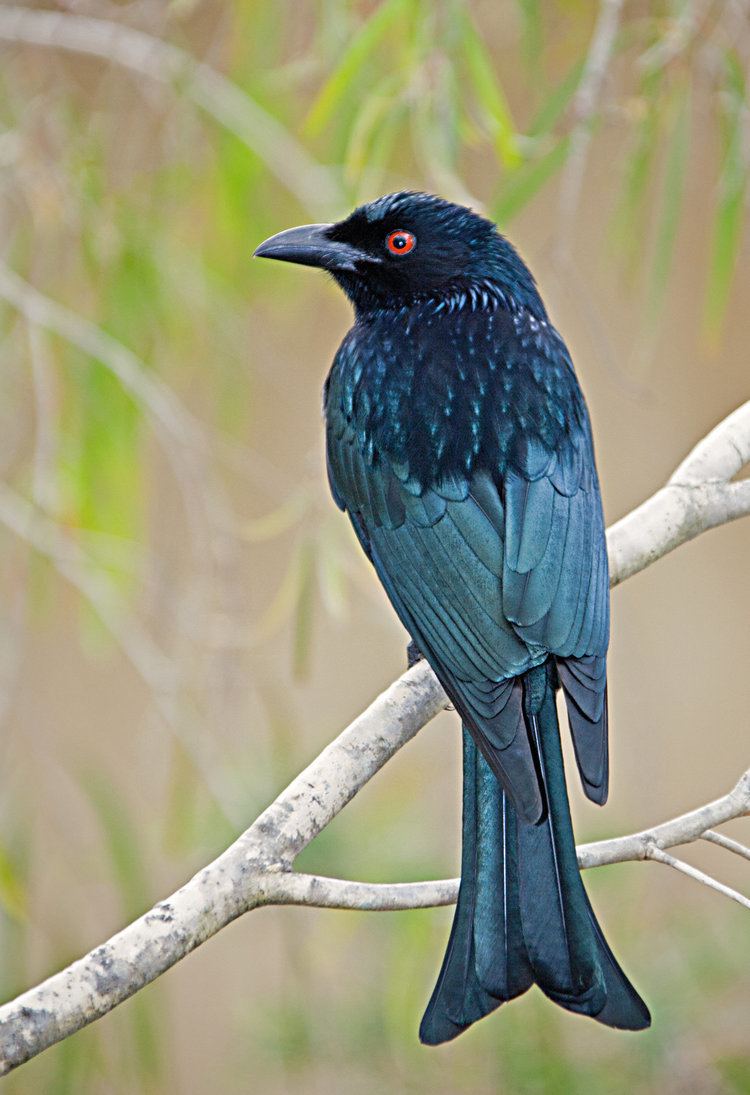
Two to four eggs are laid in a nest high in a tree. Despite their small size, they are aggressive and fearless, and will attack much larger species if their nest or young are threatened.

Several species of animals and birds respond to drongos' alarm calls, which often warn of the presence of a predator. Fork-tailed or common drongos in the Kalahari desert are known to use alarm calls in the absence of a predator to cause animals to flee and abandon food, which they eat, getting up to 23% of their food this way. They not only use their own alarm calls, but imitate those of many species, either their victim's or that of another species that the victim responds to. If the call of one species is not effective, perhaps because of habituation, the drongo will try another; 51 different calls are known to be imitated. In one test on pied babblers, the babbler ignored an alarm call repeated three times when there was no danger, but continued to respond to different calls. Researchers have considered the possibility that these drongos possess theory of mind, not fully shown in any animal other than humans, but doubt this capability.
Insult
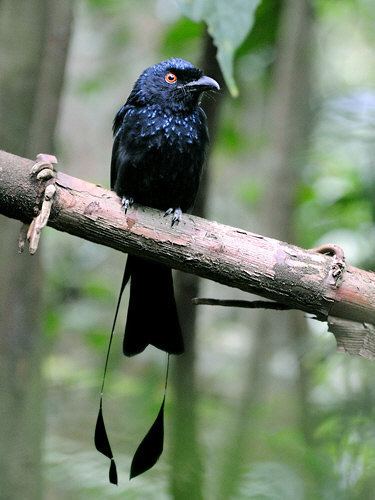
The word drongo is used in Australian and New Zealand English as a mild form of insult meaning "idiot" or "stupid fellow". This usage derives from an Australian racehorse of the same name (apparently after the spangled drongo, Dicrurus bracteatus) in the 1920s that never won despite many starts.
Species of Dicruridae in taxonomic order
Genus Dicrurus
